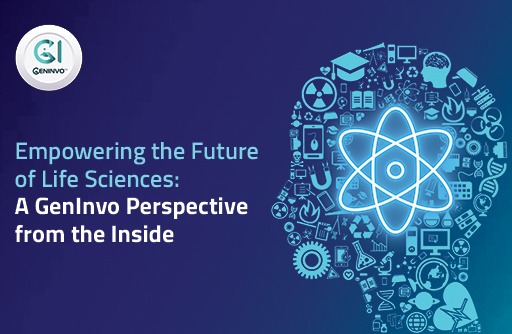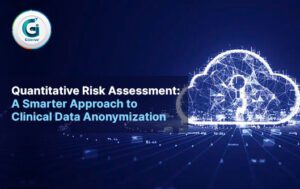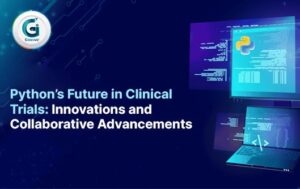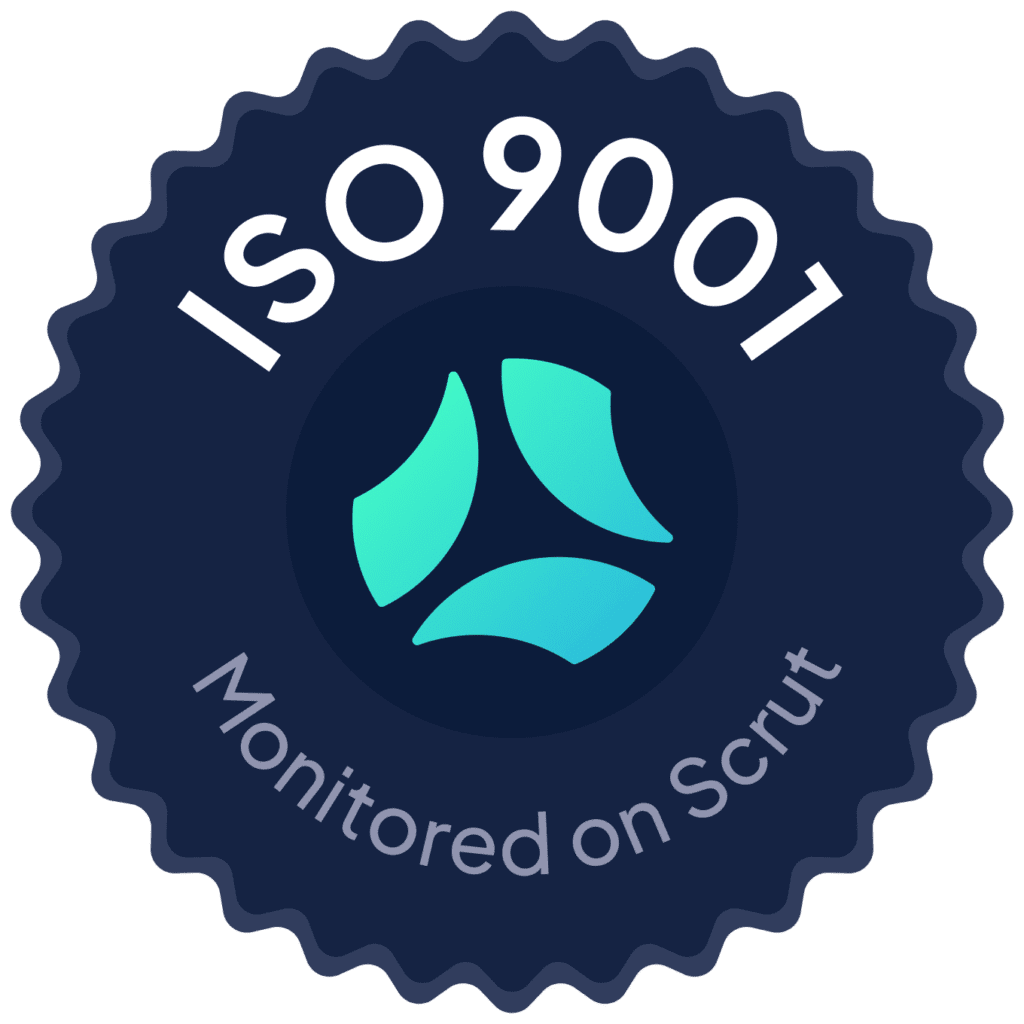At GenInvo, we often say we’re not just a technology company—we’re a transformation partner for life sciences. As someone who is part of the GenInvo family, I’ve had a front-row seat to how our teams blend innovation, technology, and regulatory expertise to solve some of the industry’s most complex challenges.
This blog is more than just a recap of our latest work—it’s a window into the ideas, tools, and passion driving GenInvo’s journey toward reshaping how clinical research and healthcare data are handled. From artificial intelligence in medical writing to data anonymization and digital automation, I’m proud to share how we are actively leading the next era of life sciences transformation.
Synthetic Data: Training Smarter, Safer Models
One of the most exciting areas we’ve been working on is synthetic data generation. In clinical research, data privacy is non-negotiable—but it can also be a bottleneck when training models. That’s where our focus on meaningful synthetic data comes in.
By generating data that mirrors real-world clinical datasets while ensuring no actual patient information is exposed, we enable safer model development. This has far-reaching implications—not just for product development, but also for driving regulatory-compliant innovation in AI and machine learning.
Synthetic data isn’t just a workaround—it’s a critical enabler. It ensures that our solutions like DocWrightAI and others can be trained to understand real-world patterns without risking patient privacy.
DocWrightAI: Redefining Medical Writing
If there’s one product I’ve seen generate both excitement and measurable impact across teams, its DocWrightAI.
This isn’t just a writing assistant—it’s a full-fledged AI-driven tool that understands the nuances of clinical documentation. Whether drafting clinical study reports, summarizing findings, or performing real-time quality checks, DocWrightAI significantly reduces manual effort and turnaround time. More importantly, it empowers our teams (and our clients) to focus on the content that matters while automating repetitive tasks.
We’ve seen it in action: what used to take days can now be done in hours—with greater accuracy and regulatory alignment.
Embracing the Digital Medical Writing Era
Transitioning from traditional to digital medical writing is more than a technical change—it’s a cultural one. Within GenInvo, we’ve embraced this shift wholeheartedly, and we’re helping clients do the same.
Digitizing medical writing enables centralized collaboration, version control, real-time editing, and seamless integration with data repositories. These capabilities don’t just make the writing process faster—they make it smarter. It’s all about bridging the gap between unstructured data and intelligent documentation.
Whether its writing narratives, generating submission-ready reports, or conducting automated reviews, digital tools are elevating the role of medical writers to strategic communicators and data interpreters.
Data Anonymization: Privacy by Design
Working in life sciences means constantly walking a tightrope between data accessibility and patient privacy. That’s why data anonymization has become a cornerstone of everything we do—especially when it comes to data sharing, research, and compliance with regulations like GDPR and HIPAA.
At GenInvo, we use robust techniques like de-identification, masking, and tokenization to anonymize sensitive datasets. But what makes our approach unique is how we balance utility with protection. We don’t just anonymize—we ensure the data remains meaningful for analysis.
This principle of “privacy by design” is not just a checkbox—it’s embedded into the core architecture of our platforms and practices.
Unstructured Clinical Data: From Complexity to Clarity
One of the biggest challenges I see across the industry is dealing with unstructured clinical data—think handwritten notes, PDFs, audio transcripts, and so on. These are often rich in insights but difficult to analyze.
Through our work with automation tools and NLP (Natural Language Processing), we’ve been transforming this chaos into clarity. We’ve built intelligent pipelines that read, structure, and classify this data, enabling better decision-making in clinical trials and regulatory reporting.
What used to be locked in text is now actionable, reportable, and even predictive—thanks to automation and AI.
Automation and Quality Control: Precision at Scale
In clinical research, even the smallest error can derail timelines and impact patient safety. That’s why we’ve put so much emphasis on automated quality control (QC).
Our AI-powered QC systems identify inconsistencies, validate formats, and flag missing data across clinical documents. Whether it’s SDTM datasets, ADaM listings, or submission documents, we’ve built tools that reduce manual QC time dramatically.
Internally, we’ve seen these tools boost our own delivery speed and accuracy. Externally, our clients now experience faster turnaround and improved audit readiness.
CDISC Standards: Data That Speaks the Same Language
Standardization might not sound exciting—but it’s vital. Aligning data with CDISC (Clinical Data Interchange Standards Consortium) standards ensures that clinical trial information is interoperable, consistent, and submission-ready.
At GenInvo, we’ve developed solutions that automate the transformation of raw clinical data into CDISC-compliant formats. Our teams also assist clients with SDTM and ADaM conversions, making regulatory submissions smoother and faster.
By speaking the same “data language,” we empower organizations to conduct more efficient meta-analyses and regulatory reviews.
Clinical Document Review Gets Smarter with AI
We all know how tedious and time-consuming clinical document review can be. It’s essential—but historically, it’s also been manual and error-prone.
That’s changing at GenInvo.
Our AI-powered tools now review thousands of pages in minutes—spotting inconsistencies, verifying references, checking compliance with templates, and even assessing readability. The best part? These tools work alongside our medical reviewers, not in place of them. This human-AI collaboration ensures both speed and accuracy.
It’s not just about automating review—it’s about enhancing insight.
The Bigger Picture: Our Vision at GenInvo
When I look at all the initiatives we’re part of—from AI in medical writing to advanced data privacy frameworks—I see a bigger mission at work. At GenInvo, we’re not just building tools; we’re building confidence in clinical research.
We believe in making regulatory and clinical processes smarter, faster, and safer. We believe in democratizing data without compromising privacy. And above all, we believe in enabling our clients—pharmaceutical companies, CROs, and health systems—to bring therapies to patients more efficiently.
Looking Ahead
The future is exciting, and we’re just getting started.
As new challenges emerge—from global data privacy laws to increasingly complex clinical trial designs—our commitment remains the same: to deliver transformative digital solutions that empower people and protect patients.
Whether you’re a regulatory writer looking to streamline submissions, a data scientist working on patient analytics, or a compliance officer ensuring GxP standards, we’re here to support you with tools that are built by experts, for experts.
Final Thoughts
Being part of GenInvo has been more than a job—it’s been a journey of innovation, collaboration, and real-world impact. Our blogs are just one way we share what we’re building and learning along the way.
If you’re a life sciences professional ready to embrace the next wave of AI, automation, and digitalization—let’s talk. We’re not just future-ready. We’re future-defining.


























